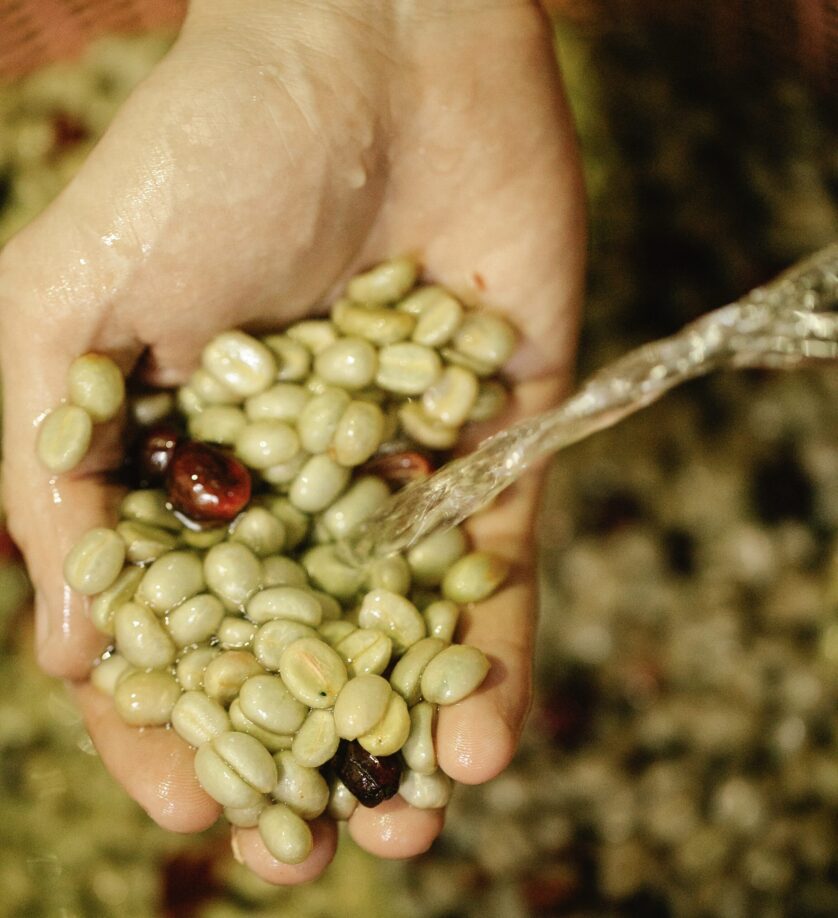December 20, 2022
Fair Trade Vs. Direct Trade: An Impactful Difference

Today, “Fair trade” is a common term, used to describe a plethora of organizations, companies, and processes. Fair Trade awareness directly impacts consumer behaviors in the United States, with 80% of shoppers claiming to favor fair trade-certified products. However, Fair Trade Movement did not just appear out of nowhere.
Driven by Edna Ruth Byler, the Fair Trade Movement took root in 1946, with the importation of impoverished South American women-made needlecrafts to the U.S. Soon after, various Fair Trade committees formed within and beyond the U.S. Through Byler’s dedicated work, the Fair Trade Movement became widespread and prominent. Almost a century later, Fair Trade Certified products bring in more than $9 billion annually.
Flaws of Fair Trade
However, because Fair Trade is such a large, standardized, and involved process, coffee often goes through several hands before it finally makes its way to the roaster. This means that many people get a cut of the revenue. Therefore, this begs us to ask the question, how much money are these farmers actually receiving through Fair Trade?
In a 2019 NPR study, researchers found that while farmers sometimes benefit from Fair Trade processes, other workers on the farm rarely do. Fair Trade benefits are rarely “extended to hired workers.”
Another Approach: Direct Trade
The less commonly known and less standardized approach when it comes to buying coffee from farmers is Direct Trade. Direct Trade is essentially what the name suggests–coffee farmers work directly with roasters. Similar to most industries, the process of getting the final product on the shelf is often lengthy. From small farmers to wholesalers, distributors, and retailers, the steps to get products in the store are plentiful. At its core, Direct Trade products cut out middlemen and ultimately allow the farmer to retain more of the money their green coffee earns.
Direct Trade aims to create a symbiotic relationship between growers and roasters. With intermediaries absent, growers not only have more of a say in the process, but they keep their fair share of the cut. However, unlike Fair Trade, there is no true organized, unified body associated with the Direct Trade organization. This lack of standardization can often lead to lower levels of accountability but when utilized properly, Direct Trade keeps the farmer’s best interests at heart.
Make the Difference
It is clear that Fair Trade and Direct Trade both have great benefits and areas for reform. However, at their core, both avenues of trade are actively working towards ensuring that those who produce coffee are fairly compensated. There is surely value in both approaches. We view Direct Trade as the best option when it comes to working towards a personalized approach. It allows us to truly know the needs of a farmer and their community, enabling us to do our best to meet them.
At Numa, we are hopeful for a better future for farmers and their families. Our vision encompasses becoming a model for others when it comes to improving the lives of coffee farmers. We are proud to produce and serve only ethically sourced coffee, never selling coffee that harms the livelihoods of others. We are passionate about the truth that every coffee grower/worker deserves fair compensation for their tremendous work—and the opportunity to make a livable wage.
